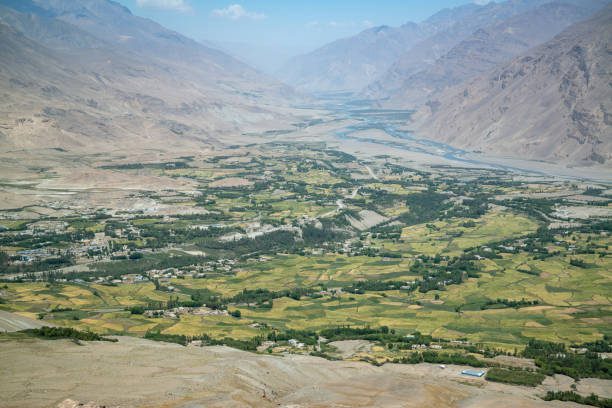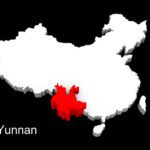The Center for the Scientific Study of Families reports are designed to provide relevant information about the conditional state of families in a specified context. The report provides information such as population, culture, family structure, and family life.
Family reports are an important tool for improving the lives of families. By providing information about the family’s conditional state and context, family reports can help improve communication between families and service providers and lead to better outcomes for families and children.
Introducing Ghor, Afghanistan
Ghor is one of the thirty-four provinces of Afghanistan. It is located in the western Hindu Kush in central Afghanistan, towards the northwest. The province contains eleven districts, encompassing hundreds of villages, and approximately 764,472 settled people. Firuzkoh, also referred to as Chaghcharan, is the capital of the province.
The history of Ghor is long and rich. The province was once the center of the Ghurid Empire, which was one of the most powerful empires in the Islamic world in the 12th century. Currently, the Naval Postgraduate School describes Ghor as a hub for economic activities, agriculture, and animal husbandry. Opium, wheat, barley, and sesame are the primary crops.
Cultural and Ethnic Diversity
The population of Ghor has been steadily increasing in recent years, due to a number of factors, including natural population growth and an influx of refugees from other parts of Afghanistan. The majority of the population are Tajiks, and the official language is Pashto. An ethnic breakdown of the province describes this further:
Tajiks: The Tajiks are the largest ethnic group in Ghor, making up about 58% of the population. They are Persian-speaking people who are descended from the ancient inhabitants of the region. The Tajiks are mostly Sunni Muslims, and their culture is a mix of Persian and Afghan traditions.
Hazaras: The Hazaras are the second largest ethnic group in Ghor, making up about 39% of the population. They are Shi’a Muslim people, influenced by their Mongol heritage and their long history of living in the mountains.
Aimaks: The Aimaks are a smaller ethnic group in Ghor, making up about 3% of the population. They are Sunni Muslim people who are descended from the Turks. Due to their nomadic lifestyle and Turkish heritage, the Aimaks have a rich culture.
Pashtuns: The Pashtuns are a small ethnic group in Ghor, making up about 1% of the population. They are Sunni Muslim people who are descended from the Afghans. Due to their extensive history of habitation in the area, the Pashtuns have a strong tribal culture.
Family Demographics

Photo of children in Afghanistan
According to the Global Data Lab, families in Ghor are typically large, with an average of 6-7 members. The extended family is the basic unit of Tajik, Hazara, Aimak, and Pashtun society, and it is common for several generations to live together under one roof. The family is responsible for providing for the needs of its members, and it is also a source of social and emotional support. However, in recent years, urbanization and modernization have led to changes in family structures, and smaller nuclear families have become more common, especially in urban areas. Statistics regarding marriage and divorce rates are unavailable for families in this province.
Ghor has one of the lowest literacy rates in Afghanistan. The adult literacy rate is around 20% across the province. Afghan news centers state that the province is home to over 800 schools, but most of these schools do not have buildings, walls, or chairs. The Afghan government and international organizations have made an effort to raise literacy and education rates throughout the nation, including in Ghor Province. However, the ongoing conflict, economic challenges, and other socio-cultural factors have posed obstacles to these efforts.
Conclusion
The impact of conflict on family life has also been significant in Ghor. The province has been affected by conflict for many years, and reports show that this has led to an increase in poverty, displacement, and violence. Conflict has torn apart many families, and they have struggled to rebuild their lives.
Despite the challenges, families in Ghor are resilient, and they continue to play an important role in the social and economic fabric of the province. They are the foundation of society, and they provide the support that people need to thrive.





